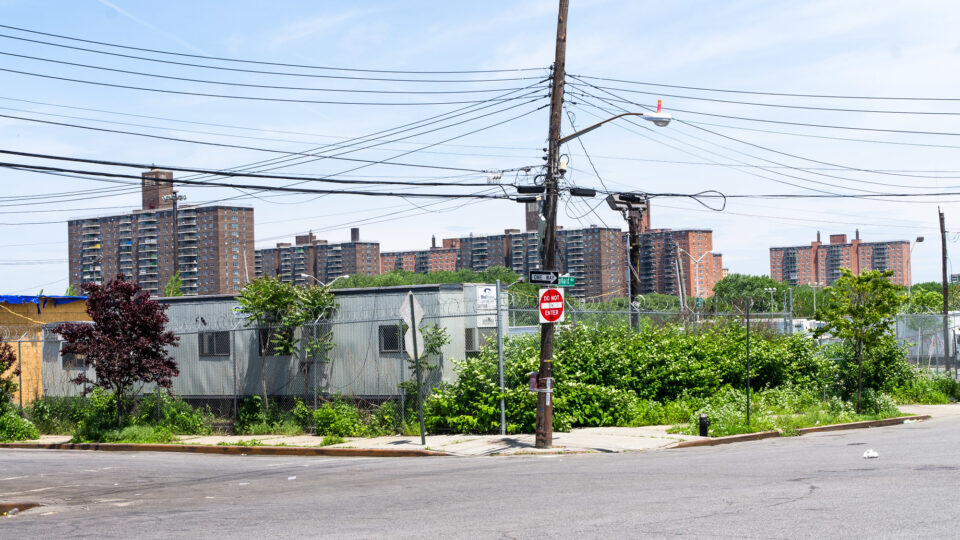In early December, a series of tornadoes struck multiple states, killing nearly 100 people and producing widespread damage in whole communities. These storms were at least the 19th weather or climate disaster that caused more than $1 billion in damage during 2021. The year suffered from droughts, wildfires, severe cold snaps, hurricanes, and other severe weather incidents.
The Wharton Risk Management and Decision Processes Center at the University of Pennsylvania has been studying how communities can prepare for and bounce back from such disasters.
A key issue is that the location and timing of disasters continues to shift. Homeowners along the Gulf and Atlantic coasts know that they need to prepare for and deal with hurricanes. People who live in places like Oklahoma and Kansas are aware that tornadoes are a frequent threat. But in recent years, strong storms are happening in areas where historically they haven’t.
Places need to start implementing changes to their infrastructure now in order to have an impact on risk reduction.
Presidential disaster declarations are just one part of recovery from disasters. Other issues to grapple with are the role of government support and how it isn’t just the financial costs of disaster recovery but all the impact on human and other resources that are often not covered by governmental funds. There is also the issue that low- and moderate-income households are disproportionately harmed and locked out of financial resources for recovery.
The Wharton study points out that innovative approaches will be needed to effectively prepare communities and individuals for disasters to come.
**********
Web Links
Preparing, and paying for, climate change-induced disasters
Photo, posted December 12, 2021, courtesy of State Farm via Flickr.
Earth Wise is a production of WAMC Northeast Public Radio.



